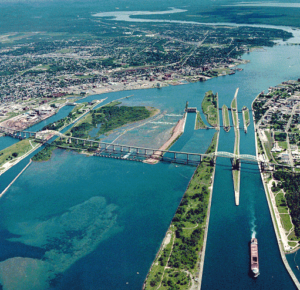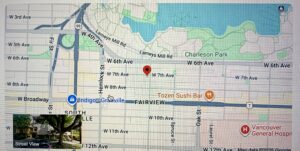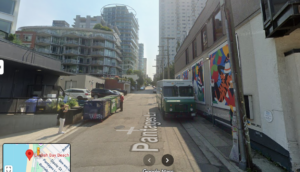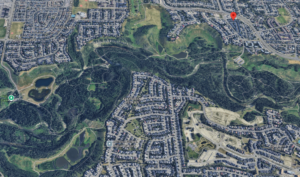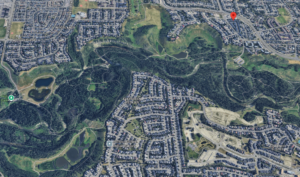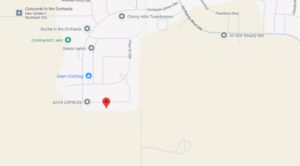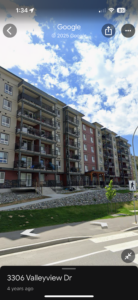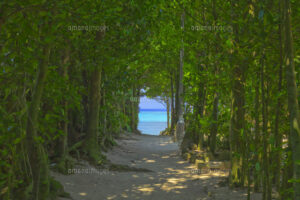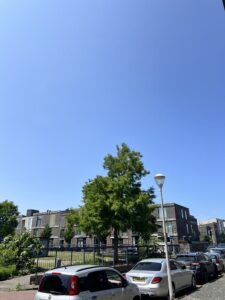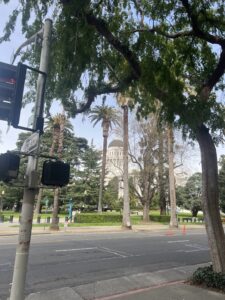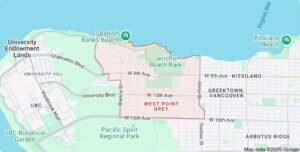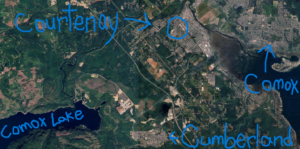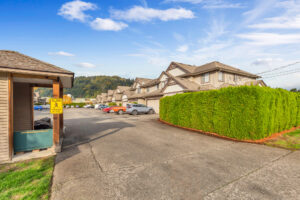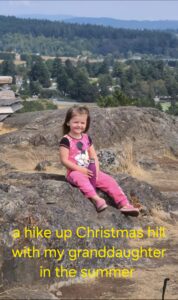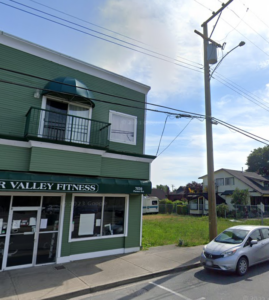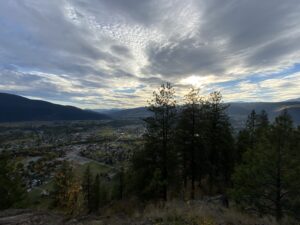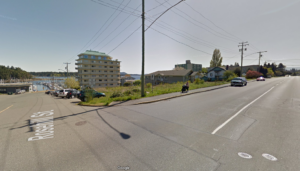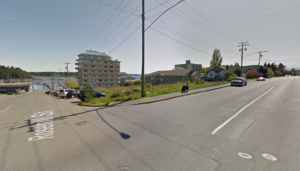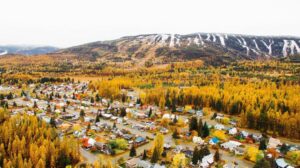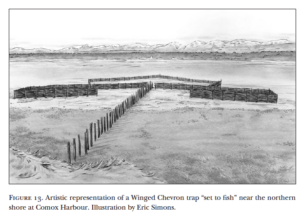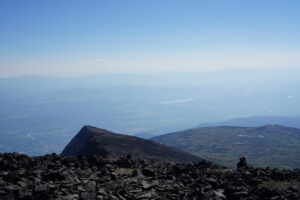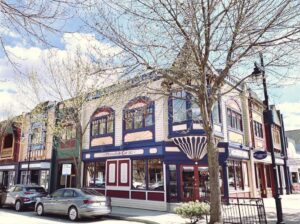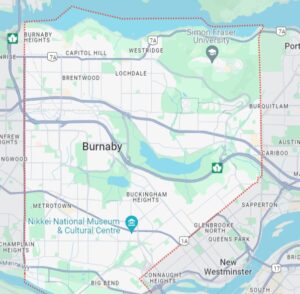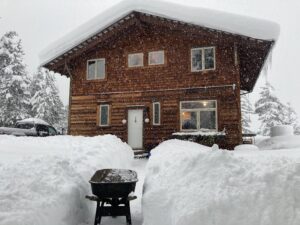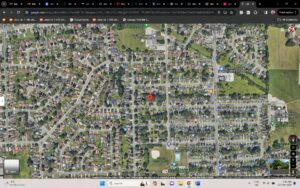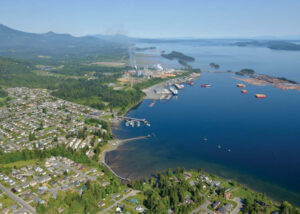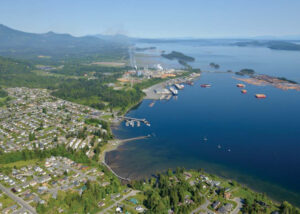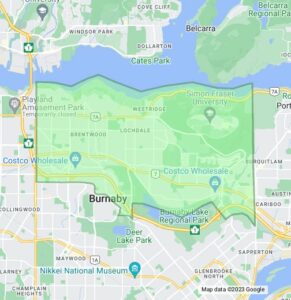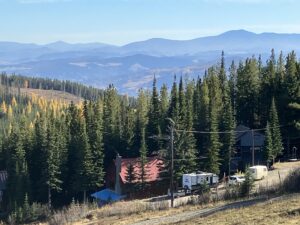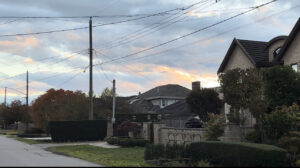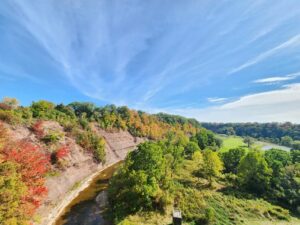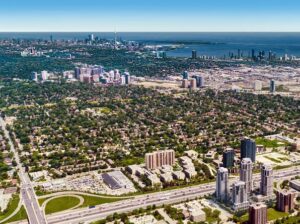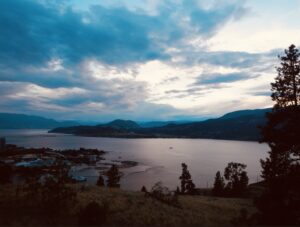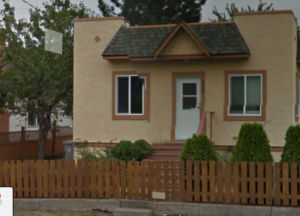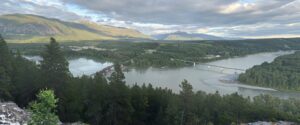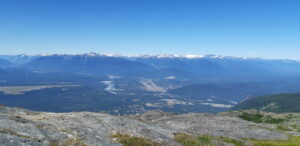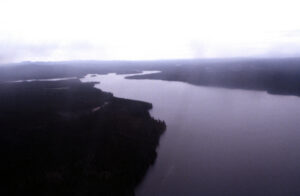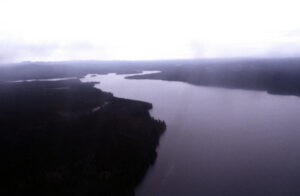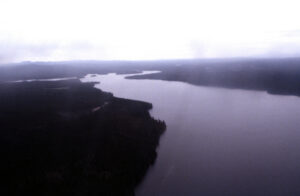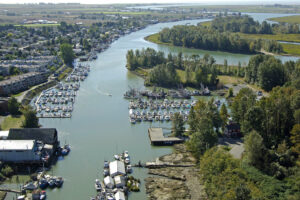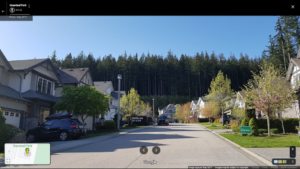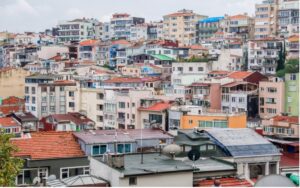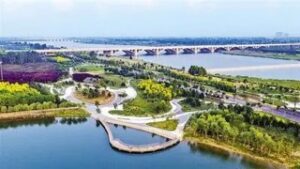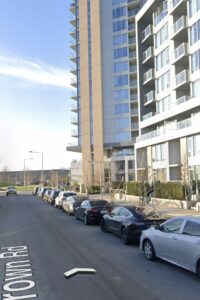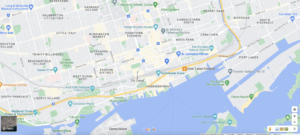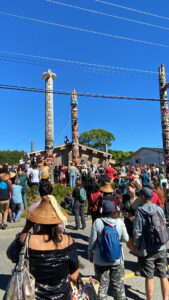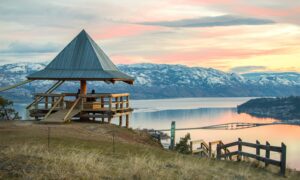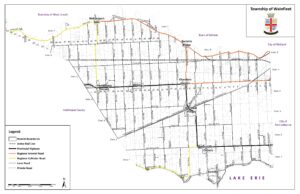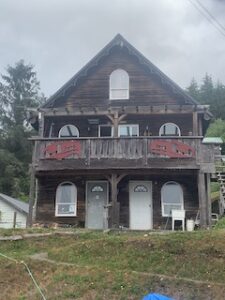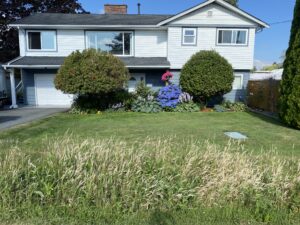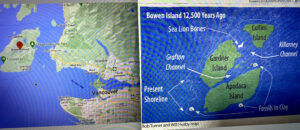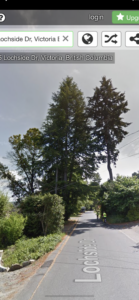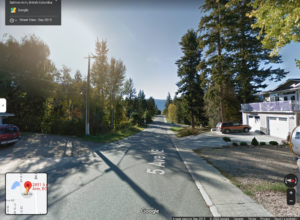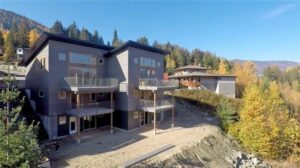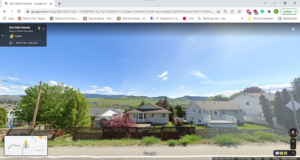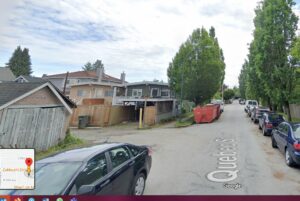Exercise #1: Local Environmental History
Instructions
For Exercise #1, you will bring environmental concepts home by looking at your neighbourhood’s environmental history.
- Using the submission form, post a photo of your area (Google Street View if you do not want to show your home) on this interactive map and explain the ecological history of this space, as per this example.
- Write a 700 to 1100 word of the ecological history of this physical environment, including where applicable: pre-contact use and settlement; wildlife past and present; early settlement and resource extraction; invasive species; urban development; stewardship actions (urban stormwater retention systems; community gardens; composting facilities).
- You must show where you found your information, either through footnote citations or with links embedded in the text, or a combination of both.
- The writing can be informal, as per the Exercise 1 Sample (you may even use first person, which definitely will not fly with your historiography and major essay projects!) but correct spelling and grammar are expected.
- In most cases, given the readily available information online, this exercise need not take more than 6–8 hours to complete. It is meant to help you think historically about your environment—to read it through an ecological lens. If you live in a rural area or small town, you may think that there is less to say than what you read in the sample based on a Vancouver neighbourhood, but this is not the case. The environmental history will be very different, and you might focus far more on, say, the settlement period of the late nineteenth century, or the implications of the introduction of cattle or irrigation and less on events of the 1960s and 70s.
- Please note, you should write and edit your submission in a separate file then copy and paste it into the submission box. Once submitted to the HIST 3991 trubox site, you will not be able to edit your post.
Are you a student of HIST 3991? Click here to add a submission to this assignment.
Submissions
Latest Posts
The Transformation of Pacific Way: An Environmental History of a Kamloops Neighborhood
August 3, 2025 By: Sochibueze Ajoku
The Transformation of Pacific Way: An Environmental History of a Kamloops Neighborhood The story of Pacific Way in Kamloops reveals the complex relationship between urban development and ecological preservation in British Columbia’s semi-arid interior. This suburban neighborhood, developed between 1990 and 1995, transformed what was once a carefully managed Indigenous landscape into a modern residential area. The environmental history of this transformation offers valuable insights into how human settlement has reshaped local ecosystems, and how new approaches might achieve better balance between development and conservation. For thousands of years before European contact, the Tk’emlúps te Secwépemc people maintained the Pacific…
Valleyview Kamloops BC
July 23, 2025 By: Logan Forman
Local and Environmental History Orchards Walk, Valleyview (Kamloops, BC) Kamloops is often associated with sagebrush hills, dry summers, and ski lodges courtesy of Sun Peaks. However, tucked away in Valleyview, near the edge of the North Thompson River, there is a community named not for its current usage, but for what the land once held. Orchards Walk is that neighborhood. Kamloops is not known for its orchards, but they used to flourish in this community some time ago. I have only lived in Kamloops for a short while, so exploring this community now is interesting, and learning about its environmental…
Valleyview Kamloops BC
July 23, 2025 By: Logan Forman
Valleyview is situated in an area of special significance to the Secwepemc First Nation. The area was once abundant with Salmon and Elk herds; however, urbanization has led to a decline in this region. The downfall is also attributed to the colonization of the area in the early 1800s, as settlers established farms and created irrigation fields, which led to the decline of native wildlife. Species that were native to the area have since moved on as urbanization has claimed the lands they once called home. The introduction of invasive plants has also fostered a decline in native vegetation. There…
Environmental History of Carlington, ON
July 17, 2025 By: Amir Meshgini
I live in Carlington, Ottawa, which is within the traditional territory of the Algonquin people. According to Wikipedia, Ottawa became habitable around 10,000 years ago following the retreat of glacial waters, and the first Indigenous peoples settled in the area approximately 6,500 years ago. Algonquin people used the nearby Ottawa River for fishing, hunting, and cultural activities. The name “Ottawa” comes from the Algonquin adawe, meaning “to trade”, proving the significance of Ottawa as a trading hub. For centuries, the Algonquin people travelled through the region using the Ottawa and Rideau Rivers, portaging around obstacles like the Chaudière Falls as…
Local Environmental History: Victoria, BC
July 15, 2025 By: LK
I live in the University of Victoria (UVic) area, situated between the Oak Bay and Saanich neighbourhoods on southern Vancouver Island. The land that UVic occupies has undergone significant ecological and cultural transformation over time. The Gordon Head area, known traditionally as SI CENEN, is of ethnobotanical importance and was used for gathering food and medicine, hunting, and collecting seafood. This history spans thousands of years, beginning with Indigenous land stewardship, followed by early settler agriculture, military use, urban development, and finally, recent stewardship actions aimed at ecological restoration and reconciliation. The land that UVic now occupies was, and remains, the…
